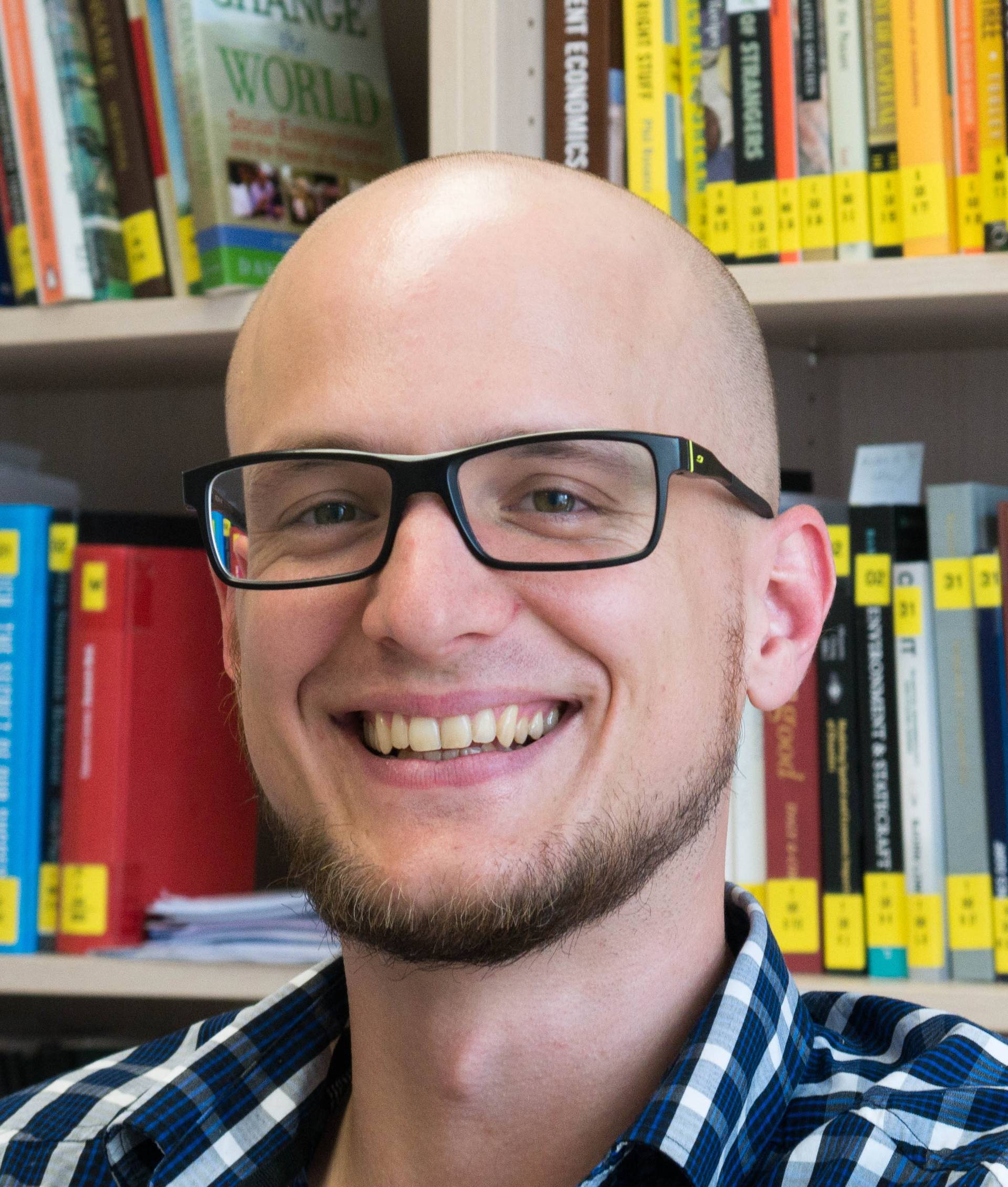Momo and Maharlika
During my research stay in the Philippines, I met a local artist named Momo. A friend of mine, Kristina, encouraged me to visit him, because I planned to visit one local marine protected area (MPA) and go diving with the local staff to learn more about the function of MPA’s and to somewhat inspect the quality of the marine live stock (as far as I could tell from my obvious lack in expertise). Apparently I needed a place to stay, and when I told Trang (one of my research associates) about my planned venture, she told Kristina about it as well, who in turn suggested a stay at Momo’s place, who happened to live nearby a MPA and was familiar with the local staff. A perfect opportunity.
So I travelled three hours outside of the city where I was based to a village whose name I forgot, and decided to ask locals about the whereabouts of this man who was expecting my visit. “Oh, of course we know Momo”, they would say. “Everybody on this Island knows about him”. Eventually, they led me to his place. He lived in a quite idyllic facility on a beach which contained several bamboo huts: one he shared with his two assistants, one for cooking and dining, and also one for guests. Everywhere he placed pieces of art that were either from him, or children which he taught crafting, sculpturing, painting, and also music. In general, it was a very welcoming place where I was treated with the utmost hospitality one could expect. There are many positive memories I have about this place which I could write about, like our jam-sessions, him teaching me a bit about playing the banjo, or just philosophical debates (which were quite enjoyable). But there is actually one thought he shared with me that stuck in my head more than all others, although it is not an entirely pleasant one. He told me about the origin of the name “The Philippines” and why he was not very fond of it.
A bit of history: In 1521 Ferdinand Magellan landed on the archipelago that we know as the Philippines and claimed it for the Spanish throne. He immediately began to oppress the local population by forcefully converting locals to Christianity and burning down opposing villages. Although he and his men were superior in weaponry, his aggression led to the execution of him and many of his men in an ambush. However, the oppression through the Spanish crown did not end at that day. As a consequence, in 1542 one leader of a Spanish expedition, Ruy López de Villalobos, gave the name Las Islas Filipinas to the archipelago in honor of the heir of the throne, the later king Philip II. From that time on the Philippines were never an independent nation and always under foreign rule, (be it Spanish, American, or Japanese) which all started when the name “the Philippines” was introduced. The time of foreign rulers lasted until 1942, when the Philippines were at last declared a sovereign nation.
So today, Philippinos carry the name of their oppressors. If I asked Momo how he would feel if he was called a Philippino, he would probably say something like: “It would feel like telling me that I am an oppressed person whose culture and way of live got eradicated by foreign forces”. He would rather have the Philippines to be called Maharlika, which is an old word in Philippino language for a warrior caste. In this context it would translate roughly as: “Land of fortune, knowledge and skill”.
At the time it felt a bit silly to me to be so sentimental about a name which has no actual impact. But the more I think of it, the more I feel like I am getting to understand him. Try to think of what a Greek would feel if he was called a Mehmedanian or Greece actually Mehmedania, after an Osman Sultan who conquered Greece and the former Konstantinople. It is very easy to come up with more absurd similar examples from our younger history as well. Today I believe that our talk was a perfect example of how hundred year old history shapes happenings, even talks between an Austrian and a Maharlikan after a bowl of cooked vegetables, today.
Author
